News
From Airbnb to every designer brand — why everything looks the same now
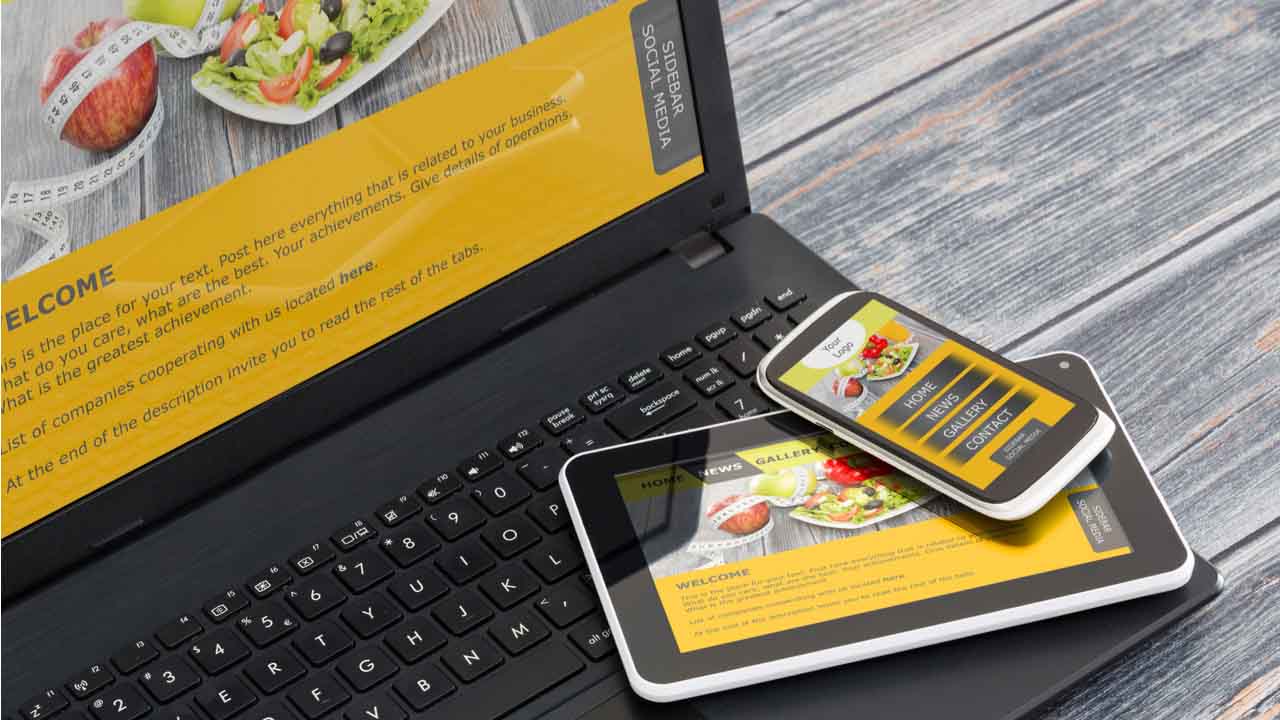
- February 12, 2019
- Updated: July 2, 2025 at 5:23 AM

For all the wonders of the web, it’s safe to say that things have become a little too homogenous.
Look at Instagram and you’ll notice that everyone in your feed from LA to NYC and across the globe are sharing the same lattes and posing against the same walls.
On the branding side, we’ve seen an overall flattening of fonts since the early ‘10s when American Apparel was still on top. Today, the brands leading the charge are Glossier, Outdoor Voices, Reformation, and as well as the tech giants like Airbnb, Twitter, and Apple.
But that hipster design aesthetic has some roots in practicality. Clean and modern is par for the course, but it’s got staying power for a few key reasons.
Why web design became so repetitive
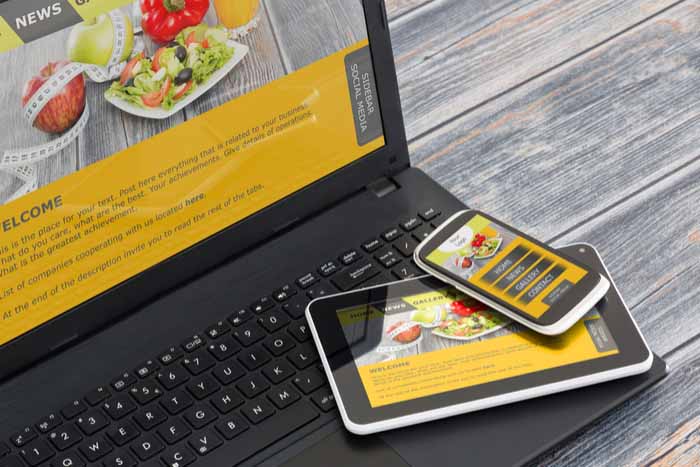
Blame the phones first
We hit peak hipster around the same time that smartphones became ubiquitous. In the early days of mobile sites, many companies were dealing with images that wouldn’t load or sites that presented all content in the form of links.
Removing shadowboxes and animated graphics eliminated a lot of issues and allowed us to fully embrace mobile. Font-wise, ditching the serif (those little lines on the ends of letters in Times New Roman and others) made web copy—mobile or otherwise—much easier to read.
This so-called flat design has been the reigning aesthetic for the better part of the past decade. And you’ve probably seen a ton of sites that look like this:
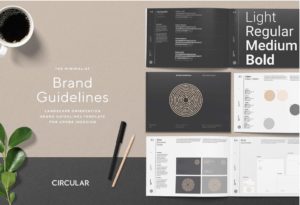
It’s hard to argue against that level of practicality.
The simple, minimalist style gracing websites and apps was a breath of fresh air after an era of pop-ups, banners, and homepage animations gone wild.
Sans serif, white space, and low contrast color spaces give us a sense of calm. Look at Reformation’s featured items — there is plenty of white space, it’s easy to read, and colors are relatively muted.

When we’re trying to consume information, usability is far more important than originality. Some older readers might remember, but reading articles online in the 90s was kind of a mess. Small print, weird formatting, and few pictures. Not exactly a pleasant experience, right?
Complaining about flat design is like complaining about white backgrounds or the fact that most books have similar fonts.
But… there are certain elements where originality is allowed: logos, photos, and graphics. This stuff operates on another plane — and a little variety won’t hurt the usability factor.
Pared down is part of the mission
The uncluttered design isn’t just an aesthetic choice, it is a representation of a brand’s values. Many startups from Everlane to Warby Parker, and a million companies that promise the best hoodies, pants, and sportswear operate on the D2C model.
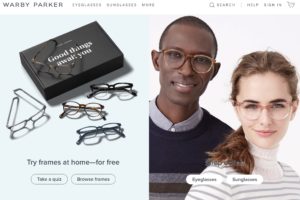
These companies make high-quality products and sell them straight to consumers. They source materials themselves and work with factories—no middleman required.
That pared-down business model is one of the key selling points. A brand might say, transparency is one of their core values. Or job creation. Or good U.S.-made products at a reasonable price. You get the idea.
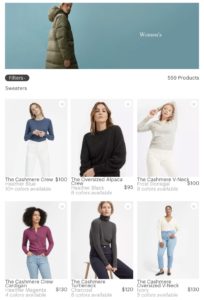
That back-to-basics mentality is reflected in the design. Think about it. Most of these brands aren’t covered in logos or one-season trends. They’re built to convey longevity.
All of these qualities are generally a good thing. Just when it comes to design, there’s a risk that this simplicity won’t feel special anymore.
What’s with the lack of diversity on the design front?
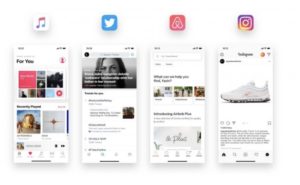
If you’re looking at this sudden uniformity with a glass-half-full attitude, it might represent a narrowing world view.
However, consistency might not be a bad thing. We mentioned the rise of mobile. During that time, we’ve gotten familiar with a ton of apps. From Instagram and Facebook to Slack, WhatsApp, and our various financial services, email, and news apps. There’s too much going on.
Most people use a handful of essential apps regularly, while the rest get neglected or deleted after a single use.
These barebones apps might be on to something. Rather than focus energy on crafting a fancy exterior — companies now spend more time on user experience and content. Quality products, working digital solutions.
While it might feel like a downside when all of your apps look the same, it doesn’t necessarily mean that creativity no longer matters.
Rather, brands and their UX/UI designers know that utility comes first. Apps and websites have a job to do—and that job isn’t to mess with colors and spacing and veer from design norms. We all expect a shopping cart to work a certain way. We expect a clear navigation bar. We want to find information when we need it.
Good (and original) design isn’t going away. We’ve just been in the process of writing the “rule book” for what a site should do.
Still, it might be nice to see some new fonts every now and again.
Grace is a painter turned freelance writer who specializes in blogging, content strategy, and sales copy. She primarily lends her skills to SaaS, tech, and digital marketing companies.
Latest from Grace Sweeney
You may also like
 News
NewsThe finale of Stranger Things will be shown in theaters and has already sold more than 1 million tickets
Read more
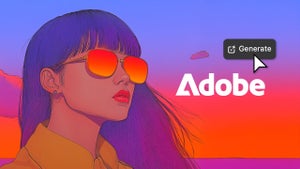 News
NewsCreate retro-futuristic reels with Premiere Pro + Firefly
Read more
 News
NewsPluribus’ ending could have been much more bland, but an Apple executive suggested something else
Read more
 News
NewsIf there are no more Avatar movies, James Cameron knows how the story will continue
Read more
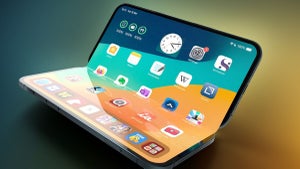 News
NewsApple doesn't want its foldable iPhone to have wrinkles on the screen: is there a solution?
Read more
 News
NewsWe already know who will be the director of the Sleeping Dogs movie
Read more